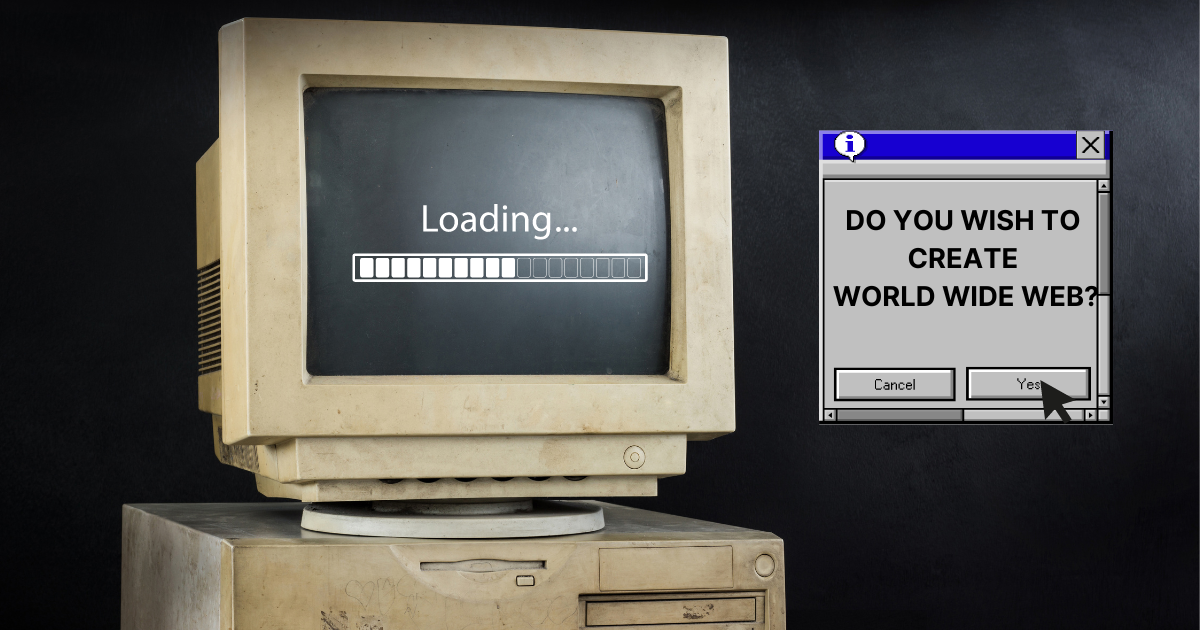
The Birth of the Web: A Look at the First Website
The World Wide Web has become an indispensable part of modern life, connecting people and information across the globe. But have you ever wondered about the first website that started it all? Let’s take a trip down memory lane and explore the birth of the web.
In 1989, while working at CERN (the European Organization for Nuclear Research) in Switzerland, Sir Tim Berners-Lee proposed a system of hypertext links to facilitate the sharing of information between researchers. This marked the birth of the World Wide Web, but it wasn’t until 1991 that the first website was created.
The first website, which went live on August 6, 1991, was hosted on a NeXT computer and contained information about the World Wide Web project. The website’s address was http://info.cern.ch/hypertext/WWW/TheProject.html.
The website was simple, featuring plain text and a few hyperlinks to other pages within the site. It served as a guide to the web and provided instructions on how to access and use hypertext to navigate through the web’s content.
Despite its simplicity, the first website was a game-changer. It laid the foundation for the modern web and paved the way for the development of search engines, online shopping, social media, and other digital services that we use every day.
Over the years, the first website has undergone several changes, but you can still access an archived version of it today. While it may seem primitive by today’s standards, the first website is a reminder of the incredible progress that has been made in the field of computer science and the endless possibilities of the web.
In conclusion, the first website created by Sir Tim Berners-Lee in 1991 was a landmark event in the history of the World Wide Web. It may have been simple, but it was the start of a revolutionary new way of sharing information and connecting people around the world. The first website is a testament to the power of innovation and human ingenuity, and it will always be remembered as the birthplace of the modern web.





